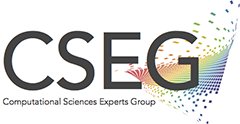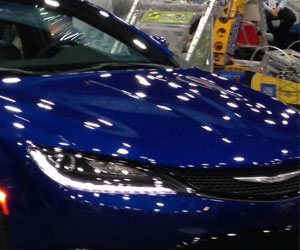A very interesting panel discussion and handful of papers made the conference worth attending. Here are 3 interesting things I took away from the conference, all of them surprisingly non-technical.

China is the biggest growth market BY FAR –
This was discussed in the panel discussion on Powertrain innovation with Bob Fascetti from Ford, Bob Lee from Chrysler and Steve Kiefer from GM The Auto market is projected to be fairly flat for the US market ~16M vehicles. The Chinese auto market is now already at ~16M vehicles and poised to cross 30M vehicles by 2020. China will be by far the largest market; for conventional vehicles, for hybrid vehicles, for luxury vehicles!
-
Hybrids need to just cover your commute in electric mode –
It is not having a 300 mile range but rather being able to cover just your daily commute in electric mode that tips the equation in favor of PHEVs. One would use their vehicle on electric mode most of the time going back and forth from work and the engine will come on only in longer weekend trips or in longer drives. This was not necessarily new technical material, but a paradigm shift in thinking about PHEVs which really resonated with me. The PHEV discussion is usually centered on distance between charging stations or the availability of charging stations in general infrastructure. However, the point here is that the only charging station we will need a majority of the time is the one in our house. This makes the charging infrastructure issue less of an obstacle. Our outdated grid infrastructure and its ability to handle all of these new vehicles on our roads is still a valid concern.
-
Modeling to reflect the vehicle development process –
AVL presented a detailed vehicle thermal model but highlighted that it is important that the level of detail in the VTM model reflect the current phase of vehicle development process (2014-01-0668). I loved this paper primarily because their message was right on my drumbeat, and my paper from last year. A good modeling approach is where the model increases in level of fidelity as the program develops. In the beginning, the VTM mathematical model would be very crude with a lot of assumptions and surrogate data. Such a model would be able to answer a small handful of questions, and will not be able to answer a majority of questions. As the products develops, and more data and detail is available, so does the mathematical model ending a full-blown high fidelity VTM model capable of predicting transient performance and co-simulate with controls algorithm for the vehicle.
Besides these take-aways, the majority of panel discussions and papers had a lot of themes in common giving the impression that everyone is pretty much working on the same things – Downsizing and boosting, Active thermal management, Complex engine control, Exhaust heat recovery and increasing combustion thermal efficiencies of engine. Either this means that we are all on the right track or the alternative.


